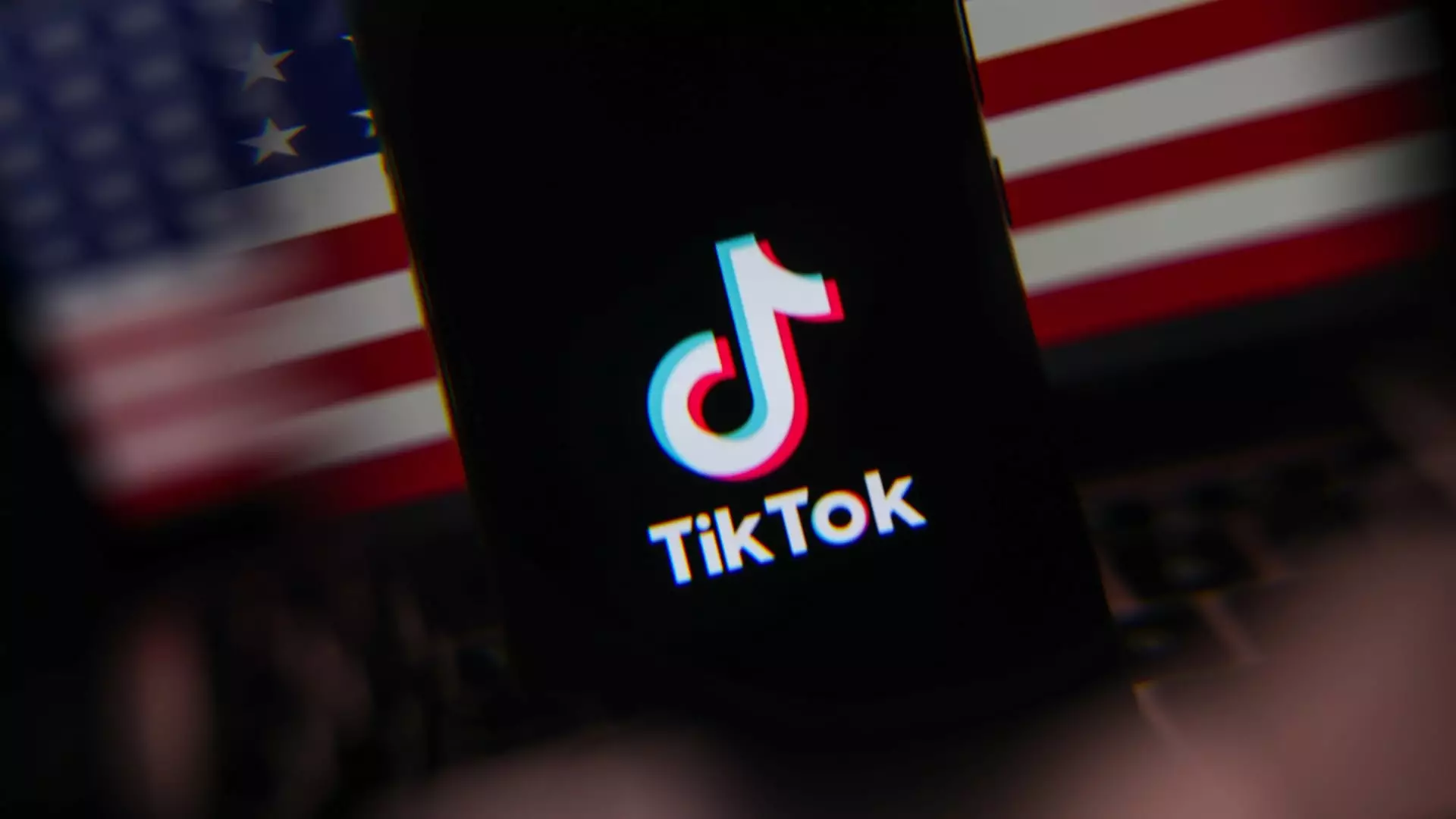TikTok, the popular social media platform owned by the Chinese company ByteDance, made headlines once again as it re-entered the Apple and Google app stores on a recent Thursday evening. Its removal from these platforms on January 18 served as a pivotal turning point for the app, which faced increasing scrutiny over national security issues linked to foreign ownership. Following the enactment of a controversial law aimed at curbing threats from foreign adversaries, TikTok’s leadership temporarily paused operations in the U.S., triggering a cascade of legal and political maneuverings.
The backdrop to TikTok’s removal lies within the Protecting Americans from Foreign Adversary Controlled Applications Act, a piece of legislation signed into law by former President Joe Biden in April. This law mandated that ByteDance undertake divestiture of its U.S. TikTok operations by January 19, 2023, or face an outright ban. Compounded by the involvement of major tech companies like Apple and Google, the stakes escalated, as these entities risked facing severe penalties for non-compliance. The U.S. government swiftly positioned TikTok’s ties to the Chinese state as a potential liability, arousing concerns over user data security.
Despite these formidable challenges, TikTok employed a counter-narrative that highlighted potential infringements on First Amendment rights for its vast user base of over 170 million individuals in the U.S. The app’s argument resonates with free speech advocates who contend that the governmental push to regulate or ban an application based on its ownership raises significant questions about the implications for digital liberties. When the Supreme Court backed the Biden administration’s stance by affirming the need for divestiture, it further complicated TikTok’s predicament, rendering it imperative for the platform to forge a path forward.
In a twist of political fate, TikTok’s prospects shifted when President Donald Trump opted to delay enforcement of the ban on his first day in office. This decision came with a proposed remediation plan, suggesting a joint venture where the U.S. would hold a 50% ownership share, effectively safeguarding the app from repressive regulatory actions. Such a partnership could bridge national security concerns while maintaining the operational integrity of TikTok in the U.S. market.
Remarkably, despite the shutdown period, TikTok demonstrated resilience by quickly regaining around 90% of its previous online traffic once it returned to the app stores, signaling not merely an enduring popularity but also the engagement strategy used to maintain user loyalty amidst regulatory turbulence. This resurgence reveals significant insights into user adaptability and content-driven platforms amid stringent governance.
As the situation continues to evolve, the implications of TikTok’s return go beyond merely app store availability. They encapsulate broader dialogues on national security, digital rights, and the balancing act that tech companies must perform in an increasingly polarized geopolitical landscape. The unfolding narrative of TikTok serves as a compelling case study in modern digital governance and the intersection of commerce, data privacy, and civil liberties.


Leave a Reply